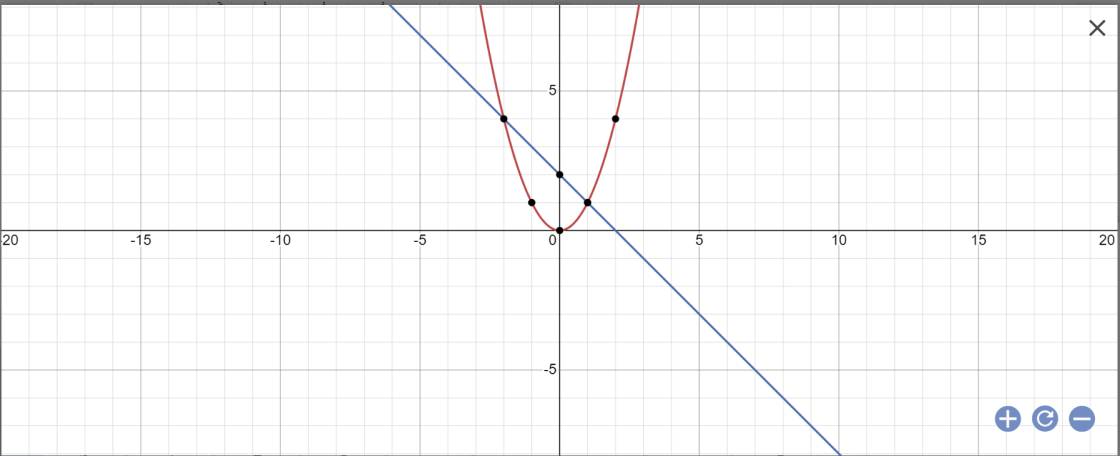Trong mặt phẳng với hệ tọa độ , cho parabol (P) y=\(\dfrac{1}{2}\) x2 (P) và đường thẳng (d): y=\(\dfrac{1}{4}x+\dfrac{3}{2}\)
a) Vẽ đồ thị của (P)
b) Gọi A(x1;y1) và B(x2;y2) lần lượt là các giao điểm của (P) với (d). Tính giá trị biểu thức \(T=\dfrac{x_{1^{ }}+x_2}{y_1+y_2}\)


Mình trả lời bẳng ảnh nhé
b)
Xét PT hoành độ giao điểm:
\(\dfrac{1}{2}x^2=\dfrac{1}{4}x+\dfrac{3}{2}\Leftrightarrow2x^2-x-6=0\Leftrightarrow\left[{}\begin{matrix}x_1=2\Rightarrow y_1=2\\x_2=\dfrac{-3}{2}\Rightarrow y_2=\dfrac{9}{8}\end{matrix}\right.\)
Thay ........ vào T ta có
\(T=\dfrac{2+\dfrac{-3}{2}}{2+\dfrac{9}{8}}=\dfrac{4}{25}\)